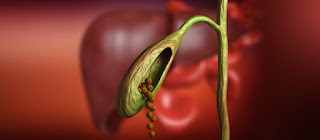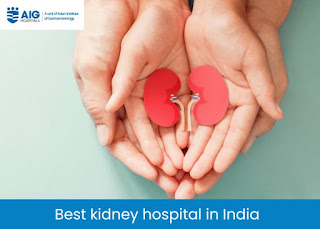SAFETY AND EFFICACY OF EXTRACORPOREAL SHOCK WAVE LITHOTRIPSY FOR COMMON BILE DUCT STONES
Common bile duct stones are found in 10-15% of patients having gallstone disease and the incidence increases with the age in India. Stones within the bile duct are not a problem if they’re just passing through. However, if they get stuck there, a serious condition could result. Common Bile Duct stones are termed as “Choledocholithiasis”.
Extraction of large pancreatic and common bile duct (CBD)
calculi has always challenged the therapeutic endoscopist. This extraction
process of large size calculi/stone in the bile duct is usually done by ESWL
(Extracorporeal shockwave lithotripsy) process.
ESWL is commonly performed in both male and female candidates
between 20-40 years of age. The percentage is higher in males than in females.
Additionally, this procedure is meant for those patients who have stone sizes
between 4 mm to 2 cm that are blocking the urine or causing severe pain.
Extracorporeal shock wave lithotripsy (ESWL) is performed by using shock waves
to break CBD stones into small pieces that can more easily travel through the
urinary tract and pass out from the body.
As per Best Neuro Urology Hospital in Hyderabad, it
is said that pregnant women, any individual with a bleeding disorder, kidney
infection & cancer, UTI, etc. are not recommended for ESWL procedure. Along
with the risk, there are chances of post-procedural complications such as urine
infection or passage of small stone fragments along the ureter, post-procedural
bleeding.
However, the risk associated with post-procedural complication
is observed only with patients having the calculi size >2cm. Treatment of
gallstone disease results in the highest success rates for ESWL.




Comments
Post a Comment